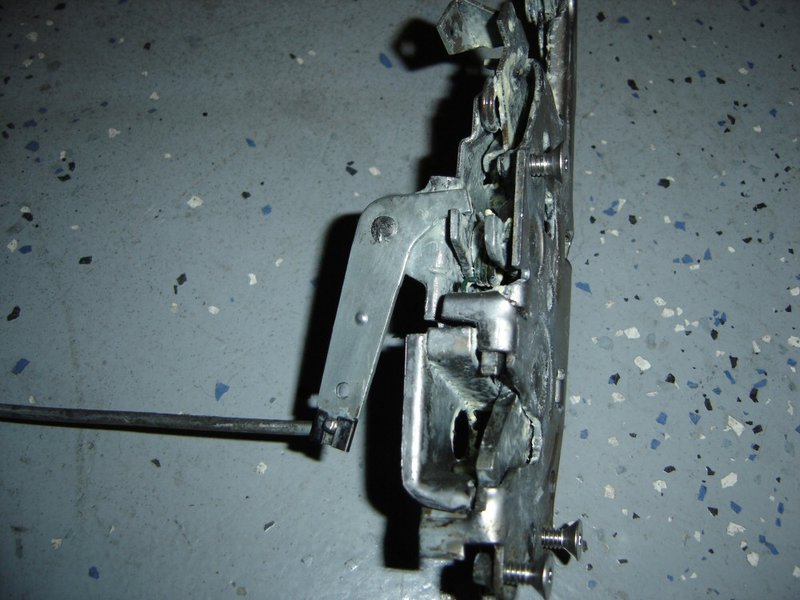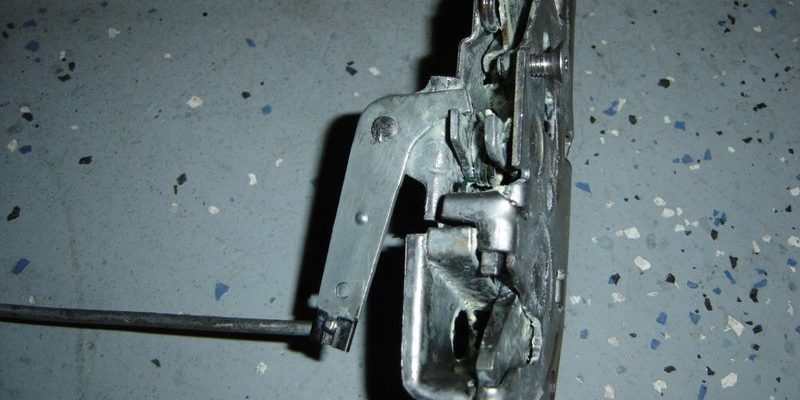
If you’re dealing with a stubborn door latch, especially on brands like Kwikset or Schlage, diagnosing the problem doesn’t have to be a mystery. It’s all about understanding how this internal spring mechanism works. So, grab your tools, and let’s get to it!
Understanding the Door Latch Mechanism
Let’s start with the basics. A door latch mechanism is designed to secure a door while allowing it to be opened easily. Picture it like a friendly little soldier that holds your door shut but knows when to let you in.
The important part to note is the spring mechanism. This spring is responsible for pushing the latch bolt into the locked or unlocked position when you turn the doorknob. When it’s functioning correctly, you’ll hear a satisfying click when you close the door. What you might not realize is that the spring can wear out or become misaligned, leading to problems.
Some common issues with the mechanism include rust, lack of lubrication, or even wear and tear over time. When one part fails, it can create a domino effect, resulting in a door that simply won’t latch or unlatch smoothly. Knowing how to diagnose these issues is the first step in getting your latch back in working order.
Gathering Your Tools
Before you dive into diagnosing your door latch’s spring mechanism, it’s essential to gather the right tools. Here’s what you’ll need:
- A screwdriver (either Phillips or flathead, depending on your door)
- A flashlight to inspect the mechanism closely
- Lubricant like WD-40 or silicone spray
- A cloth for cleaning up any old grease or debris
- A replacement spring, if necessary
Having these tools handy will make the process smoother. You don’t want to be halfway through and realize you’re missing something essential!
Removing the Door Latch
Now that you have your tools, it’s time to assess the situation. Begin by removing the door latch. Start by unscrewing the screws securing the latch to the door frame.
Once you’ve done that, gently pull the latch out. If it doesn’t come out easily, you may need to wiggle it a bit or check for any screws you might have missed. This is the moment where your flashlight comes in handy; you can shine it into the latch hole to get a clear view of what’s going on.
When you have the latch out, take a good look at it. Examine the internal components, especially the spring. Does it look rusty? Is it broken? Or is it just full of gunk? These visual cues will guide you in your diagnosis.
Diagnosing Common Issues with the Spring Mechanism
Once you have the latch out, it’s time for the fun part: diagnosing the problems. Here are some common issues to look for:
1. Rust or Corrosion: If you see rust on the spring, that’s a sign it’s time for a replacement. Corrosion can weaken the metal, causing it to break over time.
2. Misalignment: Check if the spring is properly seated. If it’s bent or misaligned, it won’t function correctly. This can often be fixed by gently adjusting its position.
3. Lack of Lubrication: If everything looks good but the latch still feels sticky, it’s likely just dry. A good spray of lubricant can often do wonders to help the spring operate smoothly again.
4. Worn-Out Spring: If the spring is stretched out or broken, it’s time for a replacement. A new spring is often inexpensive and easy to find.
Honestly, most issues boil down to one of these problems, so it’s worthwhile to inspect carefully.
Repairing or Replacing the Spring Mechanism
After diagnosing the issue, you have a few options. If the spring is simply misaligned or needs lubrication, your work here may be done. Just adjust it back into position or give it a good spray and reassemble the latch.
However, if you’ve determined that the spring is broken or too worn, it’s time to replace it. Most hardware stores carry replacement springs. To install a new spring:
1. Take your new spring and align it inside the latch.
2. Ensure it sits properly in its designated slot.
3. Reassemble the latch and secure it back in the door frame.
If you’re not sure about the installation, right now might be a good time to watch a quick tutorial video online. It can provide a visual guide that makes everything clearer.
Testing Your Door Latch After Repairs
Once you’ve reassembled the latch, it’s time to put it to the test. This step is essential!
– Close the door and turn the doorknob.
– You should hear that reassuring click again, signaling that the latch is now functioning correctly.
If it still doesn’t operate smoothly, double-check the alignment and ensure everything fits snugly. Sometimes, it takes a couple of adjustments to get it just right.
If you find that your repairs didn’t fix the problem, you may want to consider consulting a professional. Sometimes, the issues run deeper than a simple spring replacement.
Preventative Maintenance for Future Issues
So, now that your door latch is in good working order, how can you keep it that way? Preventative maintenance is key. Here are some tips to help your latch last longer:
- Regularly lubricate the latch mechanism—every few months should do
- Check for any signs of rust or wear during routine inspections
- Clear away any debris or dirt that might accumulate around the latch
- Don’t slam the door; this can misalign the mechanism over time
By taking these simple steps, you can help avoid future headaches with your door latch. Remember, a little maintenance goes a long way!
You’ve navigated the ins and outs of diagnosing a problem with a door latch’s spring mechanism. From gathering the right tools to understanding common issues and performing repairs, you now have the knowledge to tackle this challenge head-on.
Think of your door latch as a small but mighty part of your home—it deserves a little TLC once in a while! By keeping an eye on how it operates and performing regular maintenance, you can ensure it continues to function smoothly. And honestly, there’s a sense of satisfaction in fixing things yourself, isn’t there? So go ahead—give your door latch the care it needs, and enjoy the ease of opening and closing your door with confidence!
